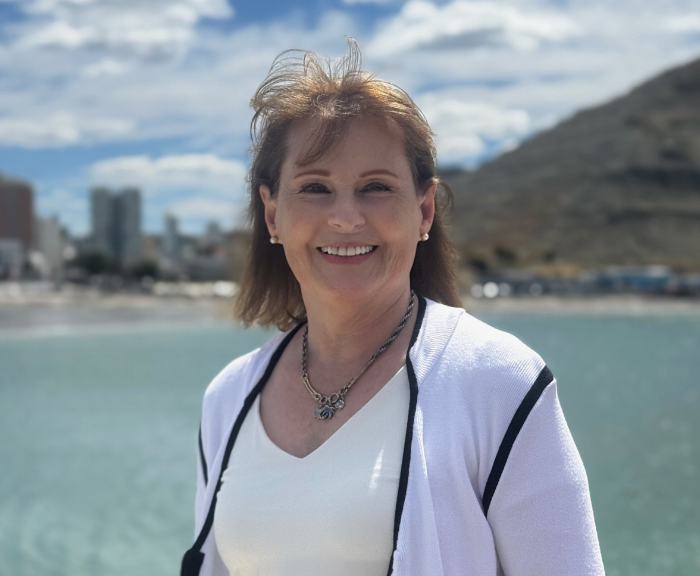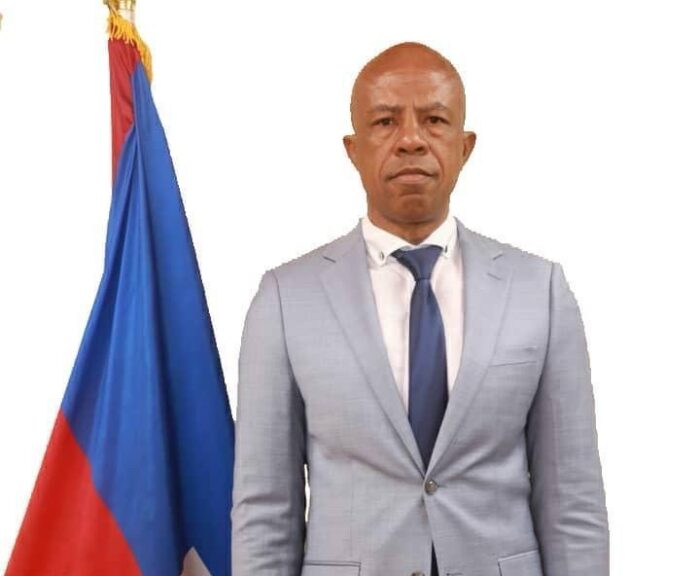AIVP – In this interview we will focus on the subject of governance, particularly in the Chilean context, and on the legislation that created the “Port-City Councils”. There have been many innovations in Talcahuano, and other Chilean port cities, that could be of interest to our members, including the functioning of the Talcahuano Logistics Community (Comlog).
Interview with Rodrigo MONSALVE RIQUELME, General Manager

and
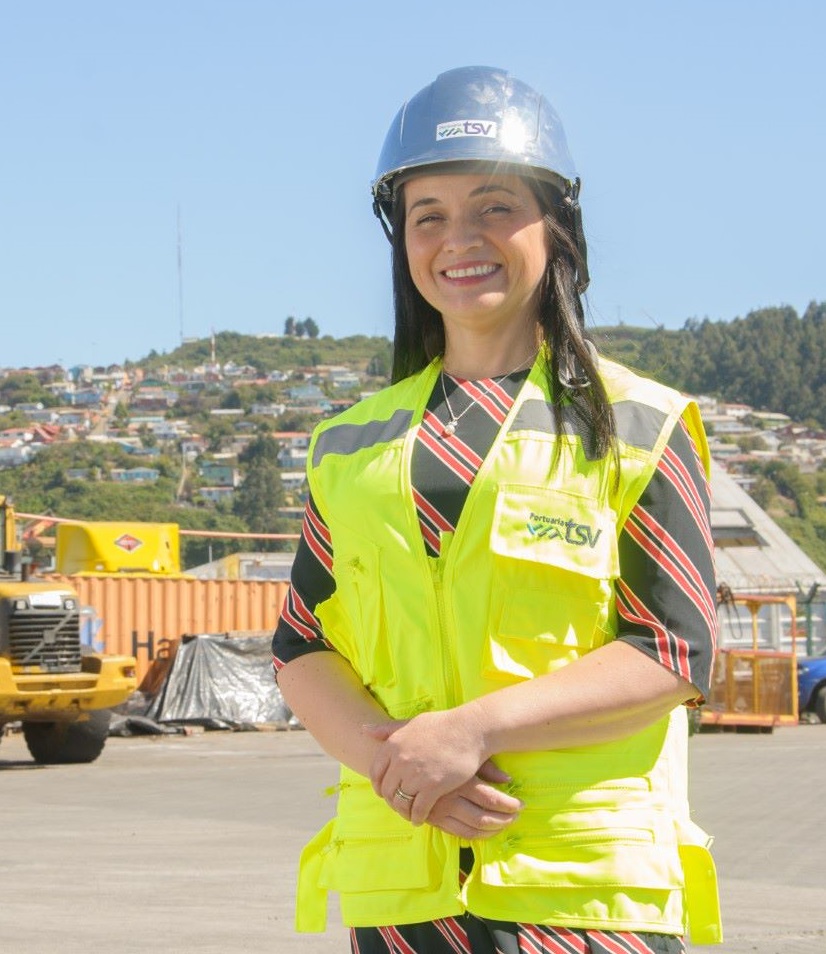
Guacolda VARGAS CRUZ, Director for Development and Sustainability
The EMPRESA PORTUARIA TALCAHUANO SAN VICENTE is a member of AIVP since 2016
Involving all the stakeholders
AIVP – How do you represent all the actors, including civil society, in your system of governance?
Rodrigo MONSALVE RIQUELME, General Manager – Law 19.542 defined the creation of the Port-City Councils, with state representatives at regional level from various important areas (local authorities, regional governments and port authorities). In 2014, the Transport Ministry asked for the article to be applied, since at that time no corresponding regulation had yet been defined.
We started to work with the Port-City Council with good results for local integration, especially with the Municipality. In 2018 the regulation was published; it integrated new actors and defined that the chairman was the Regional Intendente. The Port-City Council meets every three months, with the participation of other regional authorities for different sectors, to agree and follow up on matters of public interest related with promoting the harmonic development of the city and its ports. This Council is complemented by a Port Committee for the Coordination of Public Services, which has been operating since 2014, involving the technical bodies that can resolve potential conflicts within the port between the logistical actors and the authorities (health, marine, customs, etc.). Finally, there is also a regional level working group, with public and private actors, to solve general problems affecting logistics.
All these bodies are complemented by the Comlog, which consists exclusively of private entities, to ensure that problems are solved quite quickly. Getting the Comlog up and running was not easy, but little by little we have generated a relationship of trust and cooperation. It was essential for the port company to be a neutral actor, in order to bring together companies representing different links in the logistics chain that may be competing against one another. Today, Comlog functions very successfully through three lines of work: connectivity, processes and integration with the community.
Today’s great challenge is to define its continuity, since after an initial phase we will draw back from the chairmanship of the community, which must be done in future by an actor from the private sector. We are working with the community to define a new system; all the options are open, from creating a not-for-profit organisation to continuing as a work group.
In terms of relations with civil society, the commission responsible for relations with the city’s residents is continuing to work on training, through the education of both port workers and secondary school pupils. We are also working to generate knowledge about the port and port activities, as well as maintaining channels of communication against possible future conflicts or negative externalities, to anticipate ways of solving them.
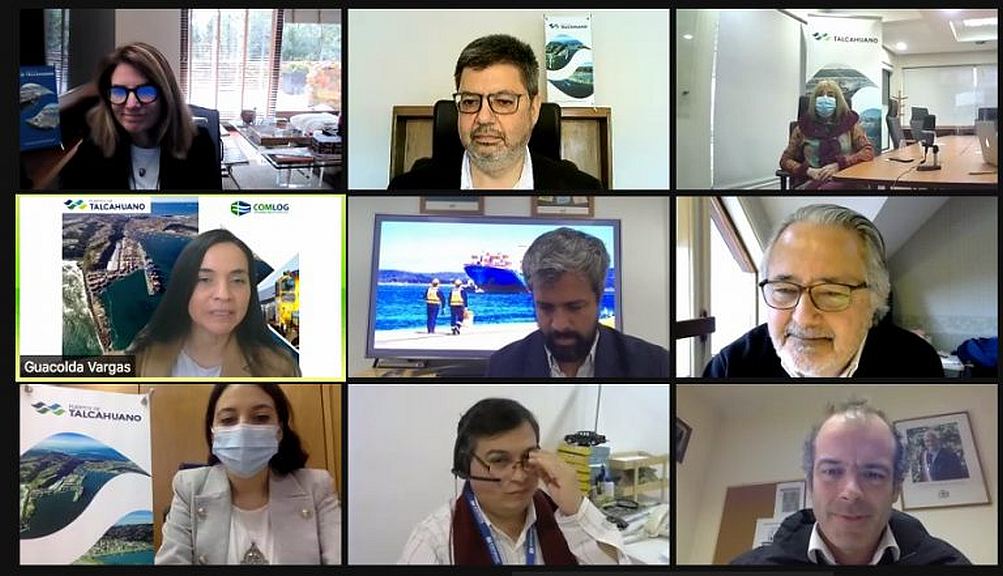
To establish a balance between the port uses and the urban uses
AIVP – One of the essential aspects for AIVP is the governance of shared spaces.
How do you manage to establish a balance between the port uses and the urban uses of the territory, and how do you work on urban planning jointly with the mayor’s office?
Rodrigo MONSALVE RIQUELME – This activity is very dependent on the good relations that we as an institution have always had with the mayors, regardless of their political colour, which shows that Talcahuano as a municipality understands the importance of port activities. The geography of the city also helps, since our biggest port, San Vicente, is in a mainly industrial zone. Many of the local residents have family members who work in the port or associated activities, so they understand what port activities involve. When the Chilean Port Company was created in 1960, San Vicente was a fishing community, sited partly where the port is today. A compensation programme was set up for the fishermen, so today we have a good historical relationship with them, despite natural tensions resulting from the growth of both economic activities. The port of Talcahuano as such is on the central waterfront of the city, not far from the main square. It is therefore very much integrated with the city, but because it is a small port, handling no more than one million tons per year, it generates few negative externalities.
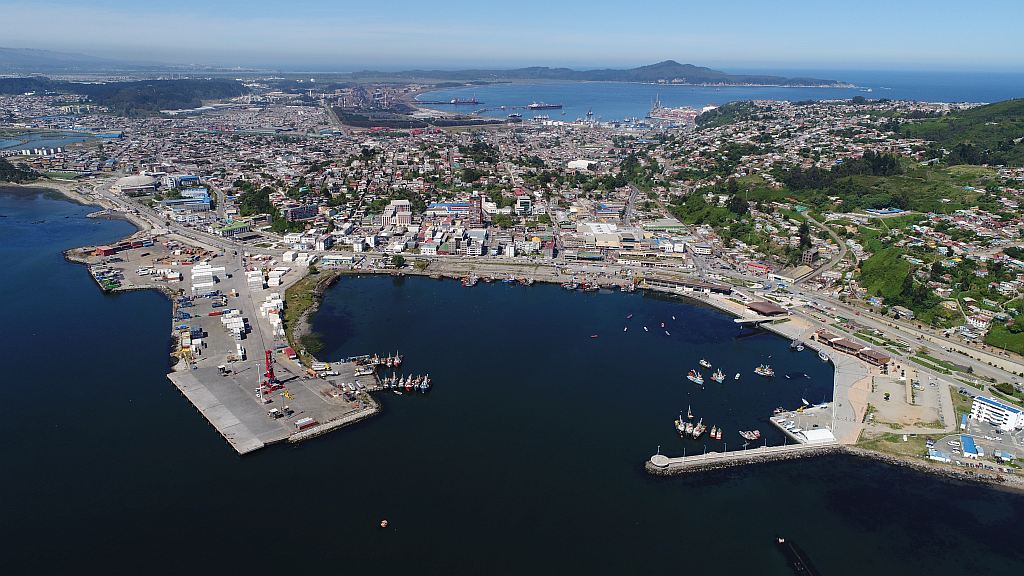
The main connectivity project of recent years is the Interport Route, conceived to connect the ports without causing congestion in the city. We are working with the Public Works Ministry to connect the Interport Route with San Vicente, generating a highway outside the city and segregating truck traffic from light vehicles. This will be positive for the population. The study by the Chilean Government is already complete, so the next step is to obtain the resources for execution in next year’s Budget.
We also work with the municipality in other projects like “Molo Blanco”. This is a sector of the waterfront, obsolete in terms of pure port use for cargo handling, which can be reincorporated as city territory when the City’s Regulatory Plan is next modified, and brought into use by the population and by tourists interested in the port. It is a large area, which today includes the temporary municipal market; there is also a zone where fishing vessels tie up at the moment. We coordinate directly with the mayor’s office to create uses that will benefit everyone, following the example of Hamburg, on a smaller scale of course.
Combining cruise development and quality of life
AIVP – The rehabilitation of vacant land is always an opportunity to develop new activities, such as tourism. Although new activities like cruise ships are an opportunity for territories with tourist potential, like the Biobío Region, they may sometimes affect the residents’ quality of life.
How do you manage to combine the harmonic development of cruise ships with the citizens’ quality of life?
Rodrigo MONSALVE RIQUELME – In Chile, the majority of cruise ships are concentrated in Valparaiso and San Antonio, while Talcahuano lies half-way between Valparaiso and Puerto Montt. In our case, we believe we have an opportunity to provide support services to cruise ships. Besides, Conception Bay where we are located is the calmest harbour in Chile, complemented by an oil and LNG refinery as well as the Asmar shipyard, the biggest in the South Pacific; the city also supplies additional services.
We set up a regional cruise ships meeting group in 2015, which was also linked with the city’s recovery after the 2010 earthquake. We found that we have a great opportunity with special cruise ships, as we have an airport only 10 minutes away from the Port of Talcahuano. These smaller luxury cruise ships come from Oceania, Polynesia, Hawaii or Easter Island and call at Talcahuano before going down to southern Chile and Antarctica, allowing us to act as a home port.
We also continue to work with large-scale cruise ships, but this is a long-term project. Unfortunately the pandemic has interrupted the development of cruise ship business, but we are in contact with the lines that come to Chile through our annual attendance at Seatrade, held in the USA. Our work in the regional work group has been fundamental for the development of this sector.
At the moment we do not perceive any negative externalities because the cruise ships are small, with no more than 200 to 400 passengers. It is very different when you have ships with 3,000 tourists. The whole population is very enthusiastic about receiving cruise ship passengers.
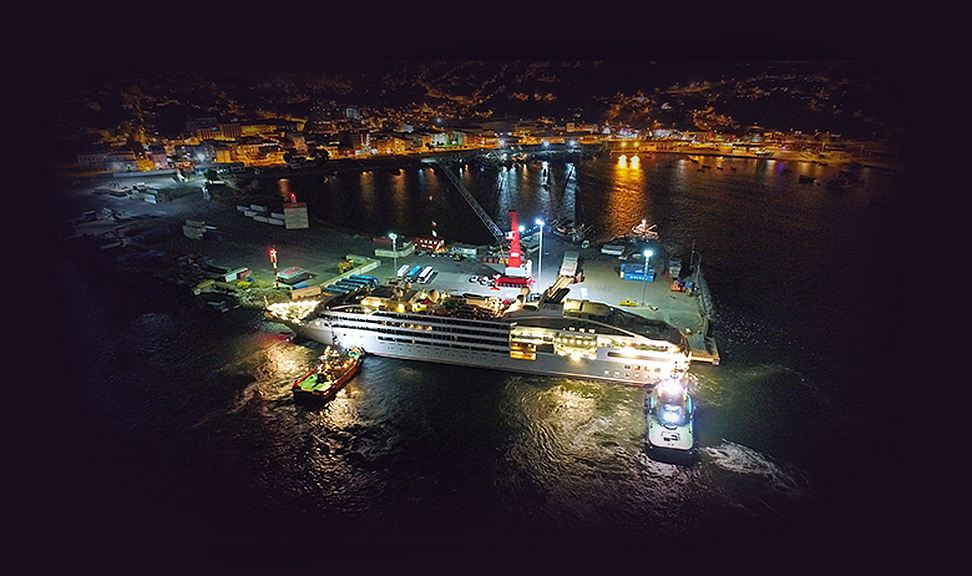
To facilitate combining work with personal and family life
AIVP – Some weeks ago, the port of Talcahuano received the “Sello Iguala” [Equality seal] which recognises efforts to reconcile work with family and personal life.
Can you tell us some more about your equality and inclusion programme?
Rodrigo MONSALVE RIQUELME – “Sello Iguala” is a recognition awarded by the Women and Gender Equality Ministry and recognises work we have done in the past and what we are doing now. It was awarded for three main achievements. First, because our company has always respected the principle of non-discrimination. The only thing we had to do was to systematise these principles, especially in our staff selection process. When you look at the labour market you find that some people are better qualified and have a stronger CV than others, so you have to be quite flexible in your selection process. Our rules prevent this flexibility from being misused to discriminate against women, since our competitive processes are gender-focused. We also pay particular attention to using inclusive language both orally and in writing.
The second big area where we have succeeded is the support we get from our staff, who worked enthusiastically throughout the whole process. And the third was the work of the company’s gender equality committee, which consists of top management and various professionals – they are very enthusiastic and do a great job.
The measures we have introduced to facilitate combining work with personal and family life have been formalised, and their effectiveness is assessed continuously. Some time ago we realised that we had to favour women as much as men in various everyday situations; for example, when a father asks for time off to take his child to school, his superior used to say “What about your wife?” Unfortunately this is part of Chilean culture, but in our company now it is no longer the case; now our measures to reconcile work with family life promote co-responsibility: reconciliation is for everyone, men and women equally.
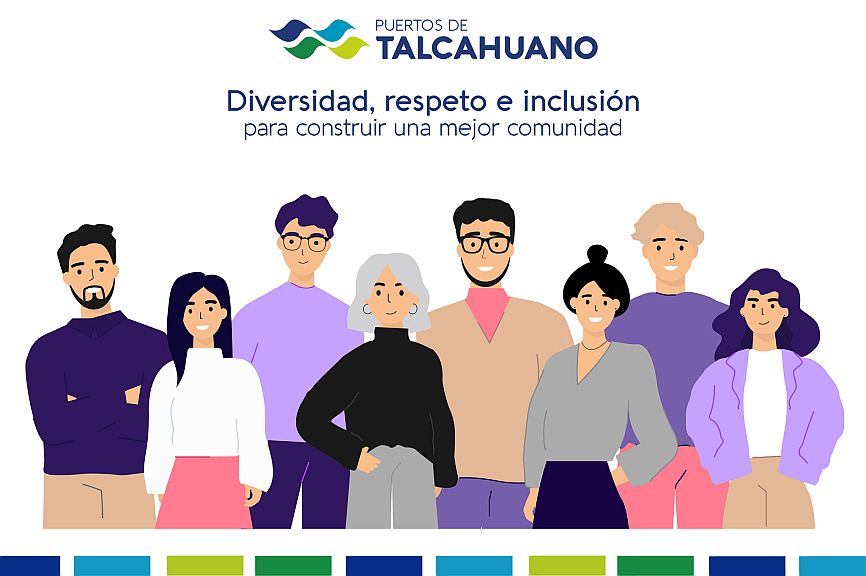
Before we gained this award we were already carrying out reconciliation actions: First, we already had a system of flexible working hours, so our employees could adapt their working hours to their children’s school times. The second thing is that we have a summer time system. Employees can extend their working day by 45 minutes on four days a week and work a half-day on Wednesday or Friday. The third element is a flexible lunch-hour, so people can take a longer break and make up for it later. These are elements that help people to reconcile work with their family life. Now we have systematised all these elements in writing in the form of rules.
The programme « Puerto Educa »
AIVP – Education is a very important issue for AIVP, since for governance to really involve the citizens, it is essential to explain what the port is. Comlog has developed a specific programme called “Puerto Educa”.
Can you tell us what this programme consists of?
Guacolda VARGAS CRUZ, Director for Development and Sustainability – First, when we created Comlog in 2006, linking the industry with education was already an area in which companies were interested. So when we defined the objectives of this logistics community it was defined as a “means of integration and linking” to reinforce the port’s identity in such a way that the population would know clearly about their history as a port (Talcahuano was created as a port in the 18th century). However, this concern also needs to be connected with the new generations, so that when they are going to enter the labour market they are more aware of how the industry functions. So we at Ports of Talcahuano see “Port Educa” as a programme which goes much further than introducing children to the industry. As a matter of fact, this programme invites schools to visit the port, and also allows us to talk with neighbourhood associations in our immediate vicinity; because very often people are afraid because they don’t know about the port, and when they find out it is a nice surprise. We also organise different visits to give the children a full picture.
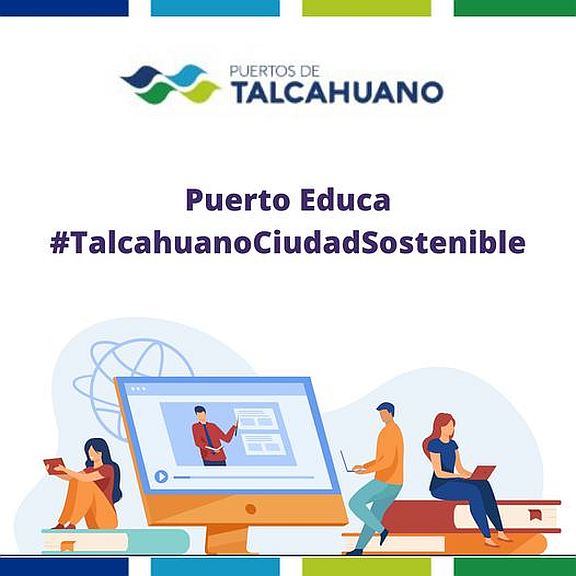
We think that “Puerto Educa” is a true reflection of what we want to do. The pandemic has forced us to change how we do things since 2020. We started by organising “talks” with schools, at first only the technical colleges that form future workers in the port logistics industry: and then we started to invite students on university and professional courses. This programme helps us to tell them about the industry, to give them some sort of “experience of the company in the classroom”.
New relationships in the face of natural disasters
AIVP – One issue that is outside “traditional” governance is the response to extreme situations: industrial accidents or natural disasters. The explosion that happened in Beirut, in Lebanon, put this subject in the headlines once again. Talcahuano has experience of these extreme situations, as a port city that suffered an earthquake and a tsunami.
How was the reconstruction process in the port and the city after this catastrophe in 2010?
Rodrigo MONSALVE RIQUELME – Operational continuity is one of our legal obligations. We have a professional department working permanently on emergency prevention and a plan which is activated in coordination with the companies’ emergency plans, in conjunction with the public authorities and with communication directed at the city’s inhabitants.
Guacolda VARGAS CRUZ – Furthermore, last year we developed our operational continuity policy, and started a work plan for operating in emergencies of this kind. In this process, both public and private port governance are involved in the operational continuity of the Talcahuano Port System.
Rodrigo MONSALVE RIQUELME – In the 2010 tsunami, the port of Talcahuano lost 100% of its cargo handling capacity. This was why the Chilean State decided to let it out on concession. After the tender process and reconstruction, the Port of Talcahuano received its first ship since the earthquake in April 2014.
The Port of San Vicente was not affected by the tsunami due to the configuration of the bay, but the earthquake destroyed 43% of its cargo handling capacity. In the days after the earthquake, the port did not continue operations because it was an export port and these exporting industries were not able to produce.
Talcahuano was the real “ground zero” of the earthquake; it was like a war-zone, there was pillaging even in port installations. In fact we were rebuilding our offices over the following 4 or 5 years.
In San Vicente, we carried out reconstruction and extension simultaneously, starting in 2013 with the construction of berths 4 and 5. In 2017 we started reconstruction of other berths, for example, including dredging a greater depth of water in the port. Today we are in the final stages of this process, with the berths completely reconstructed. By combining private and public efforts we were able to transform this crisis into an “opportunity”, with a total investment of 120 million US$.
AIVP – But the city also suffered in the earthquake. Was there any type of cooperation?
Rodrigo MONSALVE RIQUELME – This disaster created a radical change in port-city relations. Up until 2010, the port considered that our economic activity happened inside the gates, and there was little contact with the community. The Board of Directors of the time became aware of their links with the community, and a strategic change took place. We started to work systematically on relations with the city from 2015. We created the Development and Sustainability department, which enabled us to carry out new actions to benefit the community.
AIVP – We find it inspiring that such a traumatic experience as an earthquake and tsunami triggered transformation to a new relationship. Obviously it cannot make up for the terrible human consequences, but at least it is a positive aspect.
Finally, you say that the new Development and Sustainability department was created from 2015. How is the interaction between this new department and other port services – and with other territorial partners?
Rodrigo MONSALVE RIQUELME – The port company is historically a public institution, with compartmented services. Creating a new department meant modifying the distribution of “power”, and that is not easy. To achieve it, we had to harmonise different viewpoints and use the professional quality of the department heads, as well as improving communications between departments.
Guacolda VARGAS CRUZ – Today our whole port development plan is linked to actions with the community. We think about shared value and sustainable development from the start of every project.
Rodrigo MONSALVE RIQUELME – We want to link economic, social and environmental sustainability. Of course, economic sustainability depends on our concessions, and today that means generating jobs for the community. We are also working on the prospect of integrating sustainability into port tender processes.

